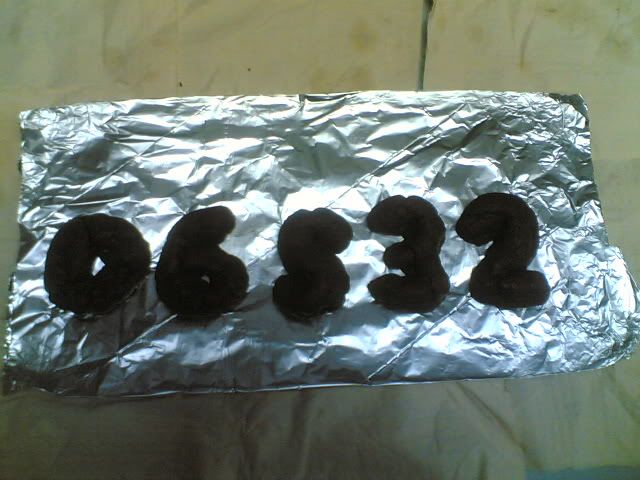<body><script type="text/javascript">
function setAttributeOnload(object, attribute, val) {
if(window.addEventListener) {
window.addEventListener('load',
function(){ object[attribute] = val; }, false);
} else {
window.attachEvent('onload', function(){ object[attribute] = val; });
}
}
</script>
<div id="navbar-iframe-container"></div>
<script type="text/javascript" src="https://apis.google.com/js/platform.js"></script>
<script type="text/javascript">
gapi.load("gapi.iframes:gapi.iframes.style.bubble", function() {
if (gapi.iframes && gapi.iframes.getContext) {
gapi.iframes.getContext().openChild({
url: 'https://www.blogger.com/navbar/22391889?origin\x3dhttp://thenutsrock.blogspot.com',
where: document.getElementById("navbar-iframe-container"),
id: "navbar-iframe"
});
}
});
</script>

Sunday, August 20, 2006
Hey, guys. For all the poor second half of the class tomorrow that have both Bio SPA and Chem A tomorrow, I took the trouble to go find out what a calorimeter specifically is. Apparently, it's not just a polysterene cup, as what Mr, uhm, what our chem cher said.
A simple calortimeter may just consist of a thermometer attached to an insulated container, such as a polysterene cup. I checked this out with other websites, and found out that the thermometer is literally held in fixed place. So, you stir it using a stirring/glass rod.
Good luck, yo!
Naidu
NUTS never stand alone,
we come in a packet
{/2:18 PM}


